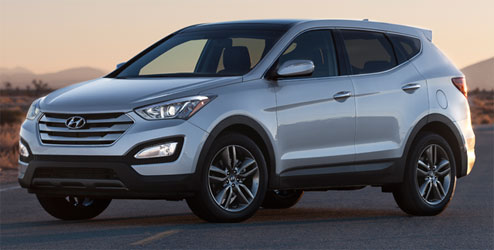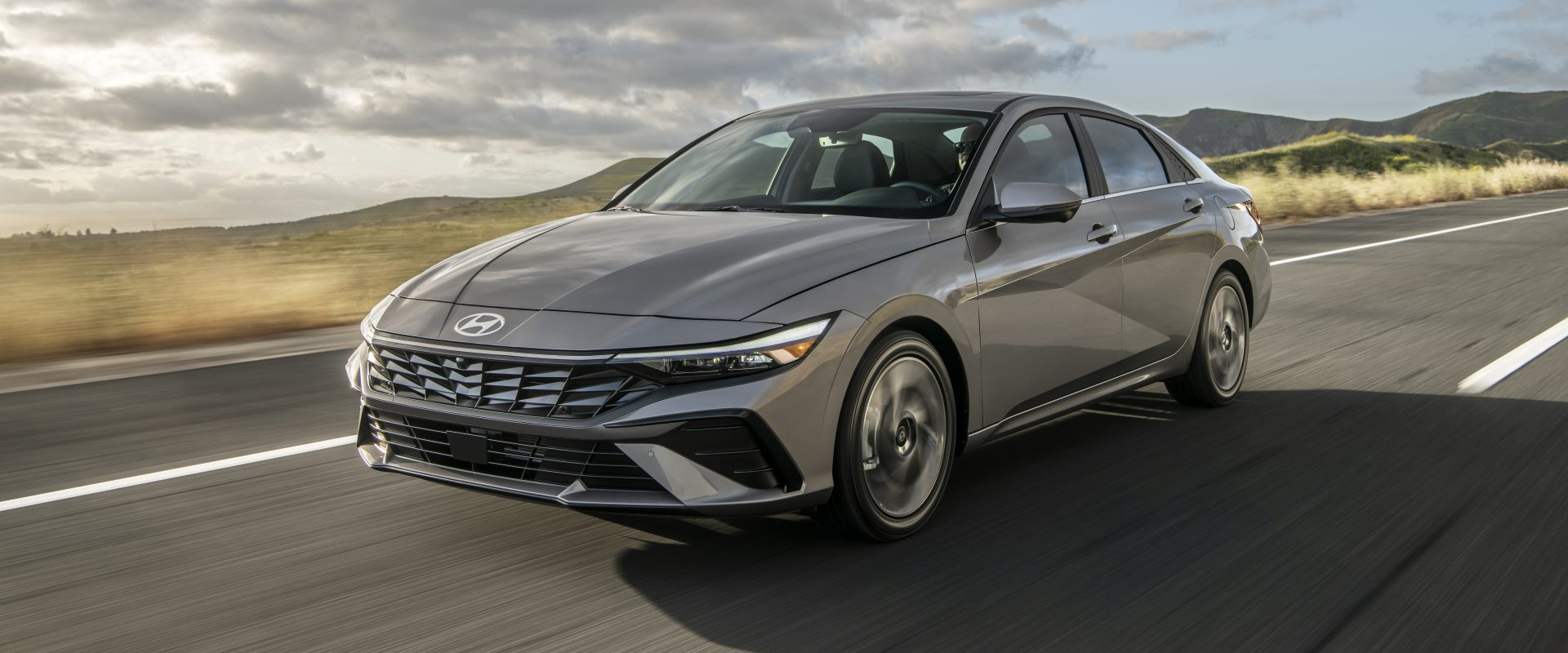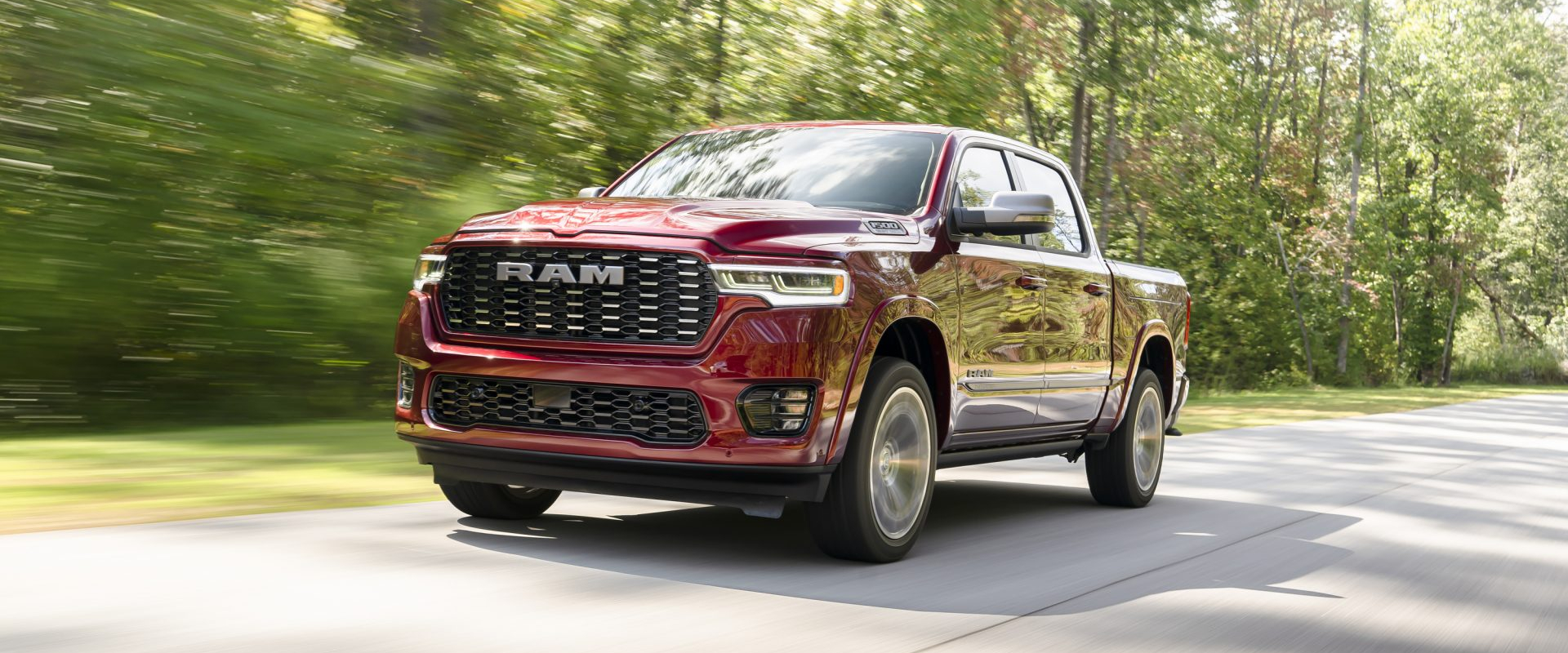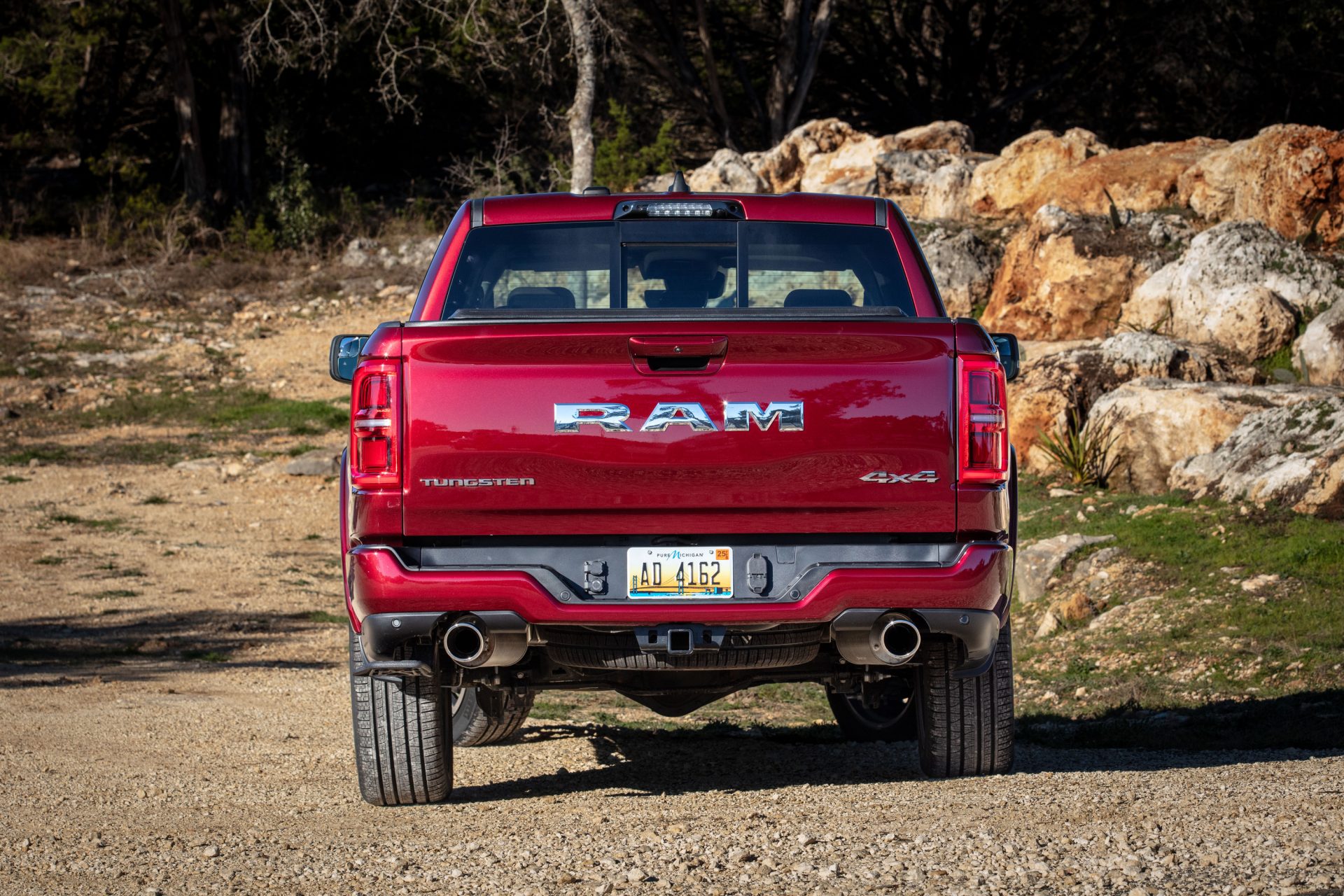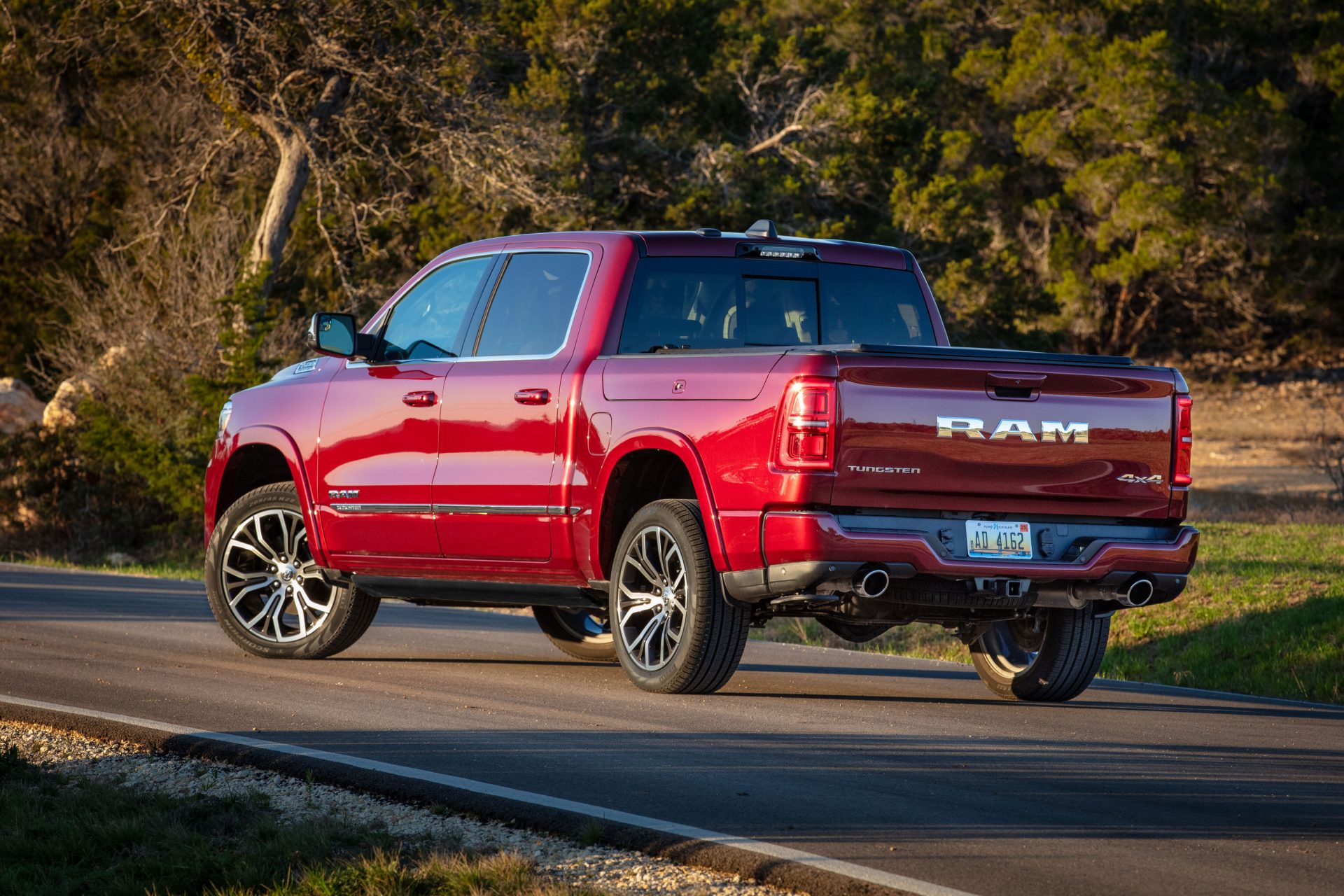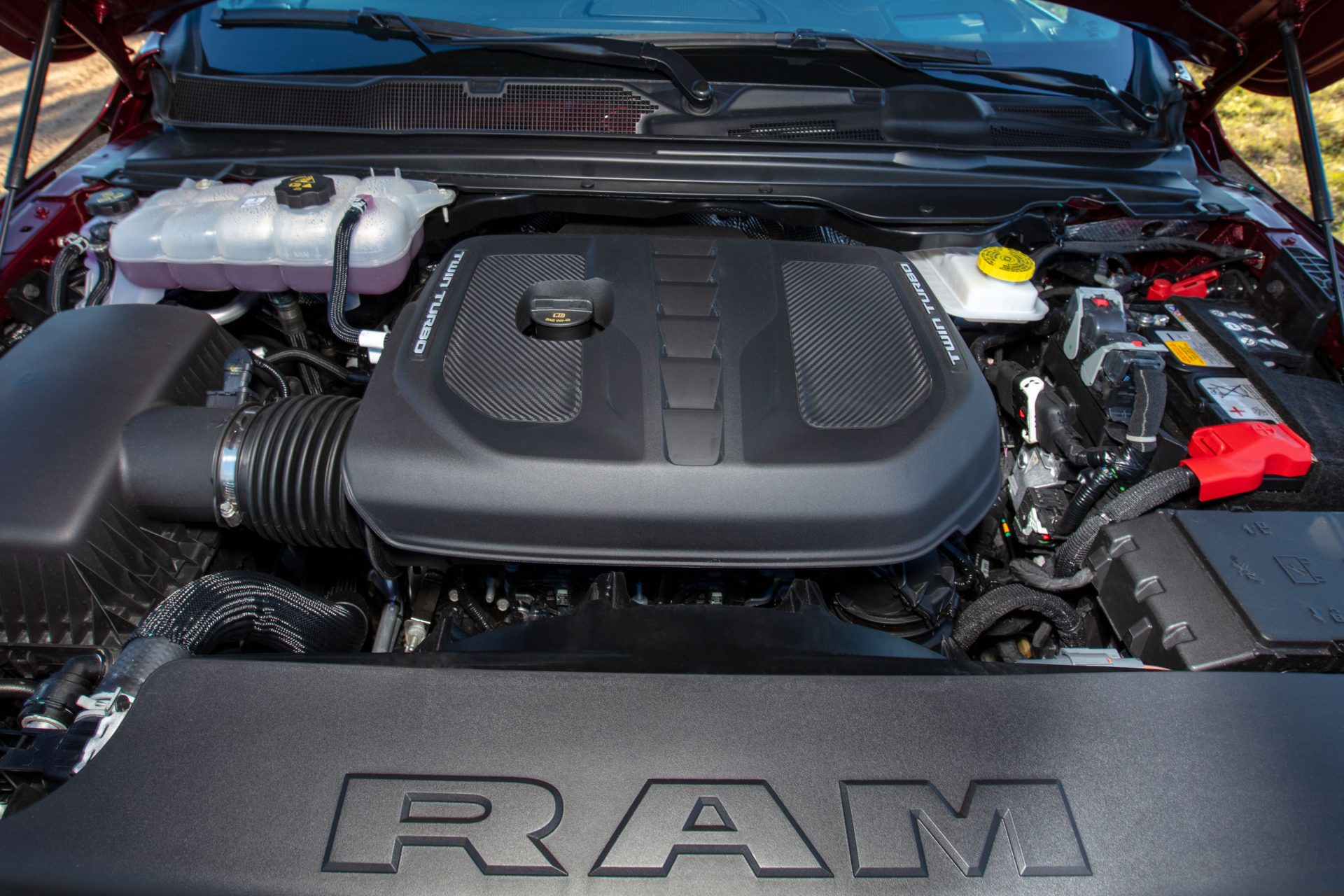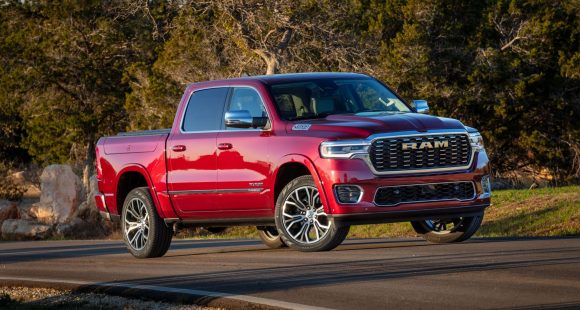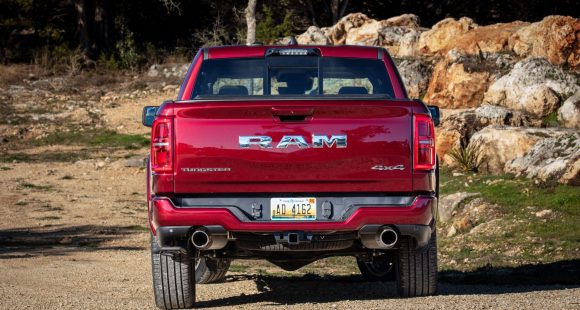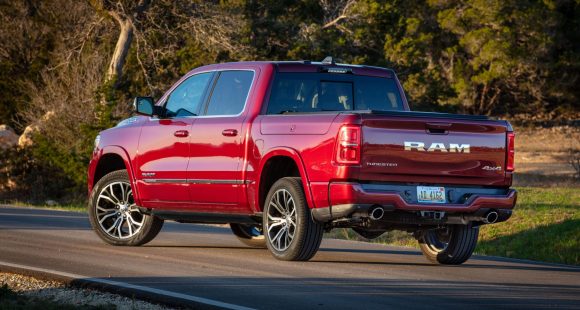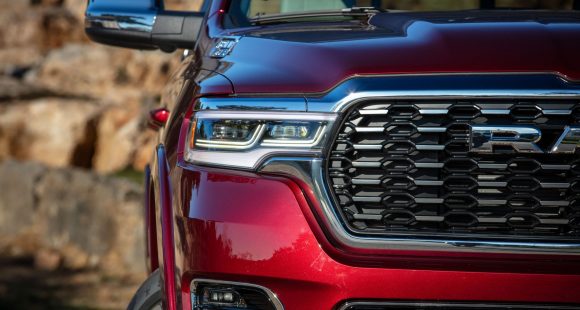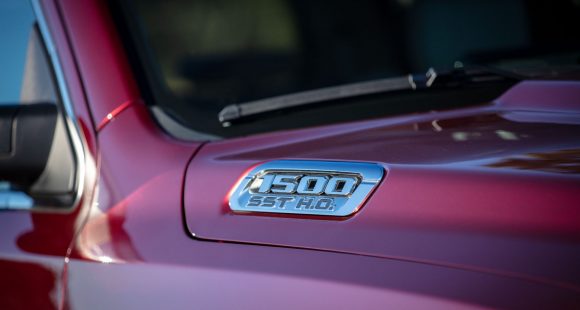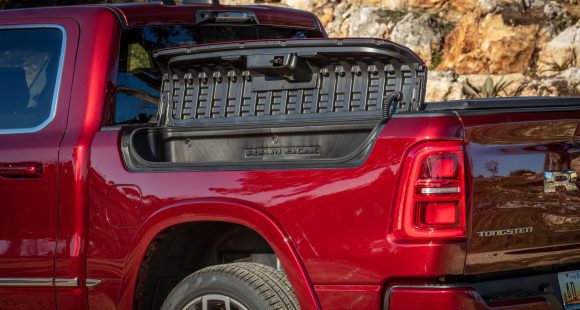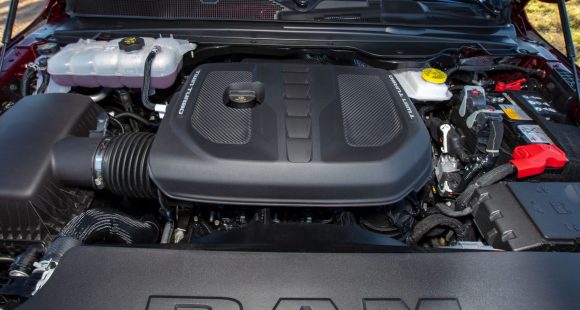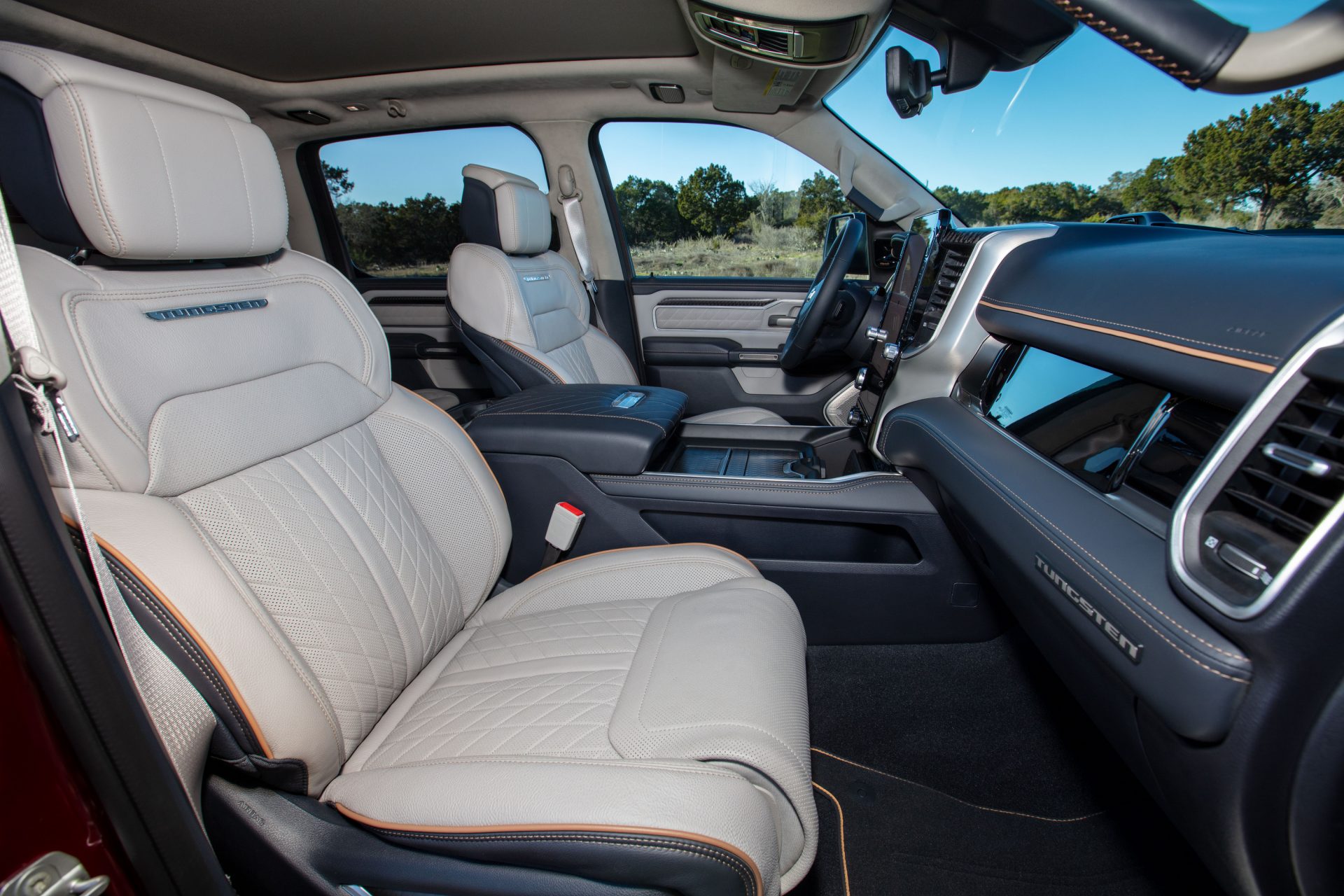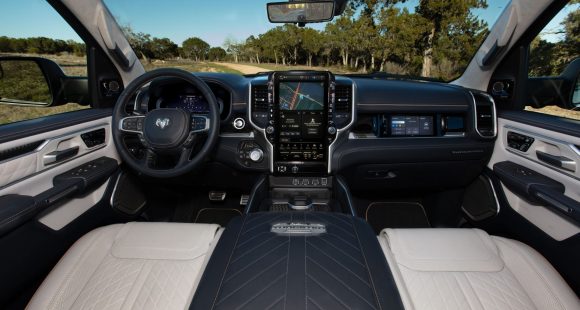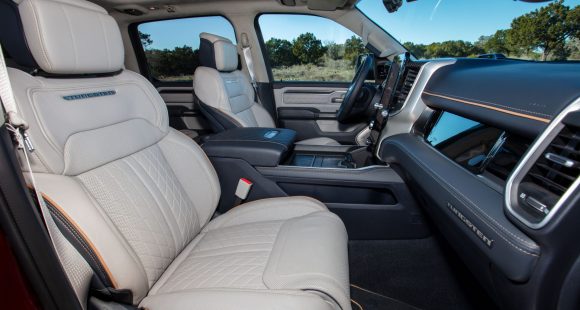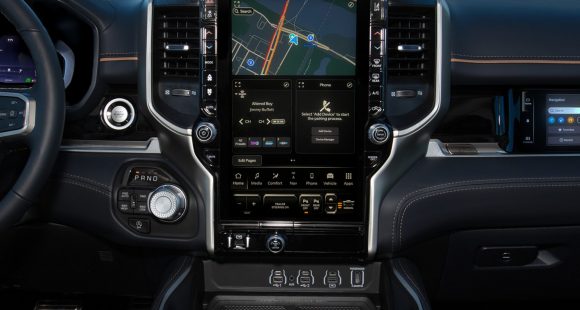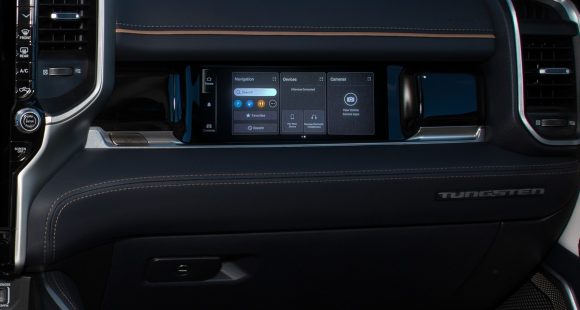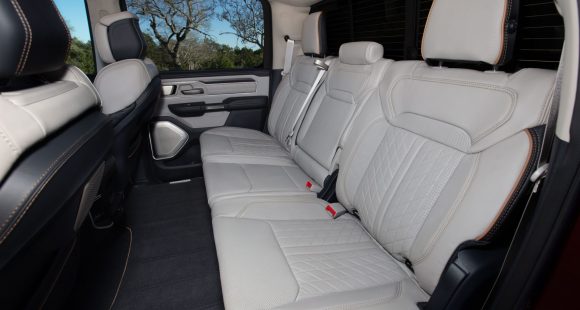2013 Hyundai Santa Fe
Through two generations, the Hyundai Santa Fe has succeeded by giving buyers a lot of mid-size crossover for a little money, even if styling and build quality were not quite as good as most. Well, if you’ve been in a Hyundai lately, you know that quality has gotten as good as any rival and styling is a definite priority as well. So, naturally, the question is how well does this all-new third generation Santa Fe stack up against Hyundai’s new reputation, as well as, the best of a cluttered mid-size crossover segment.
The middle-weight crossover segment is indeed a crowded ring, and the 2013 Hyundai Santa Fe brings a new two-pronged punch with it this year, as it seeks to connect for additional sales. Available first will be this 5-passenger Santa Fe Sport, but early next year a longer wheelbase 7-passenger Santa Fe will arrive, replacing the Veracruz in the Hyundai lineup.
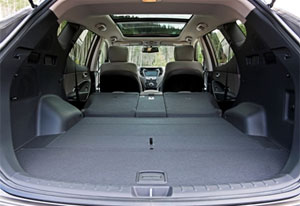 The new Santa Fe Sport is significantly lighter than the previous model, but behind the wheel it behaves heavier, with a reassuring heft that you like to feel in a solid family truckster. And while it’s still not as smooth as some in the segment, it is quiet and for the most part ride quality is good; it’s only over harsh bumps and expansion joints that you get a firm jolt from the rear suspension.
The new Santa Fe Sport is significantly lighter than the previous model, but behind the wheel it behaves heavier, with a reassuring heft that you like to feel in a solid family truckster. And while it’s still not as smooth as some in the segment, it is quiet and for the most part ride quality is good; it’s only over harsh bumps and expansion joints that you get a firm jolt from the rear suspension.
Wheelbase for the Sport remains the same as last year at 106.3-inches, though overall length is up by almost half an inch to 184.6. Hyundai’s fluidic sculpture design language is in play, but in a more subdued way than on the compact Tucson. Still there are stem-to-stern character lines, a rising beltline, and wraparound tail lights. A huge, hexagonal grille with chrome trim adds real presence, while the headlights feature LED accents. Even the standard 17-inch wheels look great.
It’s a sign of the times as Sport engine choices consist of two 4-cylinders, a 264-horsepower, 2.0-liter turbo; and our test car’s 2.4-liter normally aspirated Direct Injection I4. Despite smallish power numbers of 190-horsepower and 181 lb-ft. of torque, we were impressed with off the line power, though it will run out of steam well before the top end. A 3.3-liter V6 will power the 7-passenger Santa Fe.
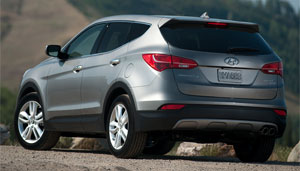 Regardless of which 4 you choose for the Sport, you’ll find a 6-speed automatic transmission with manual shift mode; on both front and all-wheel drive models. The first thing we noticed at our test track with our front driver was a very stiff throttle pedal. Stomp it to the floor, and after that initial jolt, things settle down for a somewhat laid back 0 to 60 time of 9.1-seconds. And it takes 16.9 seconds to reach 82 miles per hour at the end of the quarter mile.
Regardless of which 4 you choose for the Sport, you’ll find a 6-speed automatic transmission with manual shift mode; on both front and all-wheel drive models. The first thing we noticed at our test track with our front driver was a very stiff throttle pedal. Stomp it to the floor, and after that initial jolt, things settle down for a somewhat laid back 0 to 60 time of 9.1-seconds. And it takes 16.9 seconds to reach 82 miles per hour at the end of the quarter mile.
Handling is fully on par with the rest of the class, very competent but by no means exceptional. Hardware is a familiar MacPherson strut front and multi-link rear suspension setup. Steering has a nice weight to it, and we like the multiple steering adjustments that are made right on the wheel, no menu screens to search through. Braking is also in step with others in the segment, as stops from 60 averaged a fine 124-feet. Our only complaint is the “usual for Hyundai” very soft pedal.
Like all recent Hyundai’s, the Santa Fe Sport’s interior is nicely done and roomier than expected. The layout and I.P. are familiar, drawn from Sonata and others, and our only complaint is that in daylight the coolant and fuel gauges blend in a little too much. Seats are comfortable, but only adequately so; a driver’s side knee airbag is standard.
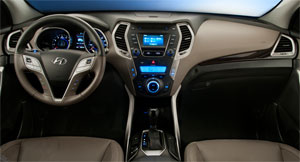 There is lots of storage space to be found including a wide, open center console. All controls work well. Opt for the Leather and Premium Equipment package and you’ll get push button start, rearview camera, and sliding and reclining rear seats. There is good rear seat room and the seat backs fold almost flat, but do so rather clumsily. The optional Technology package adds 8-inch touch-screen navigation, Dimension premium audio, heated steering wheel, rear window shades, and a panoramic sunroof. The rear hatch is lightweight and hides 35.4 cubic-ft. of storage space, which expands to 71.5 cubic-ft. when the split rear bench is folded.
There is lots of storage space to be found including a wide, open center console. All controls work well. Opt for the Leather and Premium Equipment package and you’ll get push button start, rearview camera, and sliding and reclining rear seats. There is good rear seat room and the seat backs fold almost flat, but do so rather clumsily. The optional Technology package adds 8-inch touch-screen navigation, Dimension premium audio, heated steering wheel, rear window shades, and a panoramic sunroof. The rear hatch is lightweight and hides 35.4 cubic-ft. of storage space, which expands to 71.5 cubic-ft. when the split rear bench is folded.
But, the best numbers are the Government Fuel Economy Ratings that come in at 21-City, 29-Highway, and 24-Combined with front drive. We averaged a great 27.5 miles per gallon of Regular. That makes for an Energy Impact Score that’s just above average at 13.7-barrels of annual oil consumption, while emitting 6.2 tons of CO2 per year.
Pricing numbers are also good, at least to start, with the base model coming in at $25,275; all-wheel-drive will cost you another $1,750; so expect a well optioned Santa Fe to push 30-grand.
It’s hard to believe Hyundai can keep up such an impressive roll of great vehicles. The 2013 Hyundai Santa Fe Sport is a very good design, and despite the recent controversy over the brands fuel economy ratings, very efficient for its class. All in all, it’s a solid addition to the mid-size crossover field, and, likely, another win for Hyundai.
Specifications
- Engine: 2.4-liter
- Horsepower: 190
- Torque: 181 lb-ft.
- 0-60 mph: 9.1 seconds
- 1/4 mile: 16.9 seconds @ 82 mph
- EPA: 21 mpg city/ 29 mpg highway
- Energy Impact: 13.7 barrels of oil/yr
- CO2 Emissions: 6.2 tons/yr
2024 Hyundai Elantra
Basic Transportation At Its Best…And That Is A Compliment
For those of you who write in every week bemoaning the fact that all we seem to do around here is test incredibly expensive cars and EVs that only the very well to do can afford, this one’s for you. It’s a commuter and budget friendly mainstay from Hyundai, the compact Elantra sedan. And, it has been nicely updated for 2024.
We clearly do enjoy driving high-performance machines and ultra-luxury rides around here, but like most of you, when it comes time to drive home at the end of a long workday, we do so in something much more practical and affordable, like this 2024 Hyundai Elantra sedan.
If you’re thinking the front end has gotten more aggressive, you’re right. Hyundai calls it a “Shark Nose” theme, and we’re guessing they were thinking more Great White than Hammerhead, though Megamouth shark would also apply. It helps for a low and wide look; more substantial than the typical compact. Other additions for ’24 include slimmer daytime running lights, revised stainless steel Hyundai emblem, reshaped front fenders, sport sedan-style rear diffuser with silver trim; a parametric pattern added to the C-Pillar, and new LED taillights that take up a lot more space on the highly sculpted decklid. Plus, new wheel designs in sizes ranging from 15- to 18-inches.
Standard engine in SE, SEL, and Limited grades is this naturally aspirated 2.0-liter I4 with 147 horsepower and 132 lb-ft of torque. Even with no hybrid assistance, it gets substantial Government Fuel Economy Ratings of 31 City, 40 Highway, and 34 Combined; we averaged a great 38.6 mpg of Regular.
Those high fuel economy numbers mean acceleration times are pretty high as well. It was in no particular hurry to get off the line at our test track, as after a slight jolt of power, it felt pretty sluggish going down the track, taking us a lengthy 9.4 seconds to hit 60 mph. Hyundai’s Intelligent Variable Transmission has some realistic simulated gear shifts built in, and they not only provided the feel of a true automatic, but kept engine noise from becoming overbearing. And while this 2.0-liter may not be a house-on-fire off the line, it has no problem keeping up with traffic, and feels like just the perfect amount of power for a practical and safe commuter car.
There are other engine options too. Two choices if you want to go faster, a 1.6-liter turbo with 201 horsepower in the Elantra N Line, and a 276-horsepower turbocharged 2.0-liter for the Elantra N; plus, one with even better fuel economy, a 1.6-liter hybrid with a 139 horsepower total output.
And despite some significant understeer, there was good feel through the cones of our handling course, both in steering and chassis feedback. We wouldn’t quite call it “point and shoot,” but it responded to inputs fairly quickly, with only moderate body roll. All-in-all, when it comes to performance, it doesn’t claim to bring a whole lot to the table, but does clearly overachieve with what it does bring.
And Hyundai is always overachieving when it comes to packing in features, yet has found a way of keeping things refreshingly simple with a good mix of touchscreen and manual controls. Lots of space too, both up front in the surprisingly wide front buckets, and in the rear bench with ample room for three. Updates for all Elantra interiors include softer materials on the door panels, upgraded instrumentation and additional charging ports, plus a surround view monitor and new H-Tex simulated leather for Limited trim.
Elantra pricing starts with an SE at $22,775, the SEL comes in at $24,725, Limited begins at $28,215, and the sporty N Line starts at $29,615. If you’re interested in the hybrid, base Blue starts at $27,400 with Limited at $30,600.
Some might say there’s not a whole lot that’s earth shaking about the 2024 Hyundai Elantra, but that’s mostly why we like it so much. When it comes to just delivering good, basic transportation with a high dose of unexpected amenities, Hyundai delivers once again.
Specifications
- Engine: 2.0-liter I4
- Horsepower: 147
- 0-60 mph: 9.4 seconds
- 60-0 Braking: 111 ft (avg)
- MW Fuel Economy: 38.6 MPG (Regular)
- Transmission: IVT
- Torque: 132 lb-ft
- 1/4 Mile: N/A (Track Maintenance)
- EPA: 31 City / 40 Highway / 34 Combined
2025 RAM 1500
Ram’s New Hurricane Is Looking To Blow Away The Competition
For many years, the Dodge Ram was the also-ran in the full-size pickup truck race. And because of that, what is now known as just Ram has never been afraid to try new things, whether it’s big-rig style, unique suspension designs, innovative Ram Box storage, or delivering luxury car-like interiors, so what’s next? Well, let’s find out.
Well, as you’ve no doubt heard by now, the big news for this updated 2025 Ram 1500 is that there’s no more Hemi V8 engine under the hood. What? A Ram with no Hemi? What’s the world coming to? Are the Dodge boys rolling over in their collective grave? And am I stuck with a V6 now? Not so fast! Where you use to see Hemi, get ready to say Hurricane!
That’s right, Ram’s got a Hurricane. First seen in Jeep’s Wagoneer, the Stellantis Corporation’s all-new twin-turbo inline-six will now be the top option for Ram truck buyers. Based on our early drive time in the Texas Hill Country, we’re not upset at all, and you shouldn’t be either.
Why an inline-six? Well, in general terms, I-6s are better balanced, run smoother, and can deliver more torque at lower RPM. Just ask any of the truckers you see going down the road hauling more than 20 tons of cargo with their inline-sixes. Ford has already proven that truck buyers will embrace turbo-sixes with their EcoBoost V6, and now Ram has one-upped them with a big-rig style inline-six.
There are actually two versions of this 3.0-liter available. Standard output is the same as in the Wagoneer at 420 horsepower, but the high-output version sees an increase from 510 to 540-horsepower here in the Ram, with 521 lb-ft of torque. That’s more than 100 lb-ft over the previous Hemi V8, which is significant enough for Ram to also put a beefier rear axle in place. Max tow rating is now 11,580 lbs.
Both versions work with an eight-speed automatic transmission, as does the standard 3.6-liter mild-hybrid V6 which carries over unchanged at 305 horsepower. It’s all wrapped in updated styling, of course. New sheet metal is smoother and more aerodynamic and, believe it or not, they’ve gone even bigger and bolder with the grille and its more prominent RAM letters; every trim level now gets its own specific grillwork.
But the Tungsten really sets itself apart inside, going more upscale and more comfortable than any Ram before it, which is definitely saying something.
We spent most of our time in the new top-level Tungsten, which throws off some serious city-slicker vibes with bright trim, unique LED lighting, 22-inch wheels, and power tailgate. It’s available exclusively with Crew Cab and a 5-foot 7-inch bed; Quad cabs and long beds are available in most other trims.
But the Tungsten really sets itself apart inside, going more upscale and more comfortable than any Ram before it, which is definitely saying something. There’s quilted leather seating, suede upholstery, diamond-knurled metal trim, a central 14.5-inch Uconnect 5 touchscreen, and an available 10-inch one for the passenger, plus a 12.3-inch digital gauge cluster. There’s even a bangin’ 23-speaker 1,228-watt sound system… and it sounds really good.
Thankfully, bed-side RamBox storage is still here too, and Rams can now get an onboard power inverter with 2 kilowatts of juice for tailgating or tools. A power-sliding rear window is standard on Laramie and above.
The Tungsten’s four-corner air suspension setup delivers an exceptionally smooth ride, even with the 22s; leaving us feeling more like a soccer mom on the run than a contractor headed to the jobsite. The inline-six is definitely a willing companion; the twin-turbo setup means each turbo is feeding boost to three cylinders, helping to deliver plenty of turbo lag-free acceleration off the line, and immediate passing power when called upon.
Four-wheel drive is standard with Tungsten along with Rebel, and Limited, it’s a $3,850 option in Tradesman, Big Horn, and Laramie models. While truck prices have continued to be on the rise, you can still get in a base Ram Tradesman for as little as $42,270. Most new Ram 1500s will probably transact in the $60,000 range, with the budget busting Tungsten reserved for high-rollers at $89,070.
Equal parts rugged and refined, with a new force to be reckoned with under the hood, the 2025 Ram 1500 is sure to be a bigger player than ever in the full-size truck game. And, this is just their leadoff hitter, as later in the year we’ll see two plug-ins in the lineup; including the full battery-electric REV and the switch-hitting Ramcharger with a range-extending onboard generator. This may just be the year of the Ram.
Specifications
As Tested
- Engine: 3.0-liter twin-turbo I6
- Horsepower: 540
- Max Towing Capacity: 11,580 lbs.
- Transmission: 8-speed automatic
- Torque: 521 lb-ft
- EPA: 15 City, 20 Highway, 17 Combined




